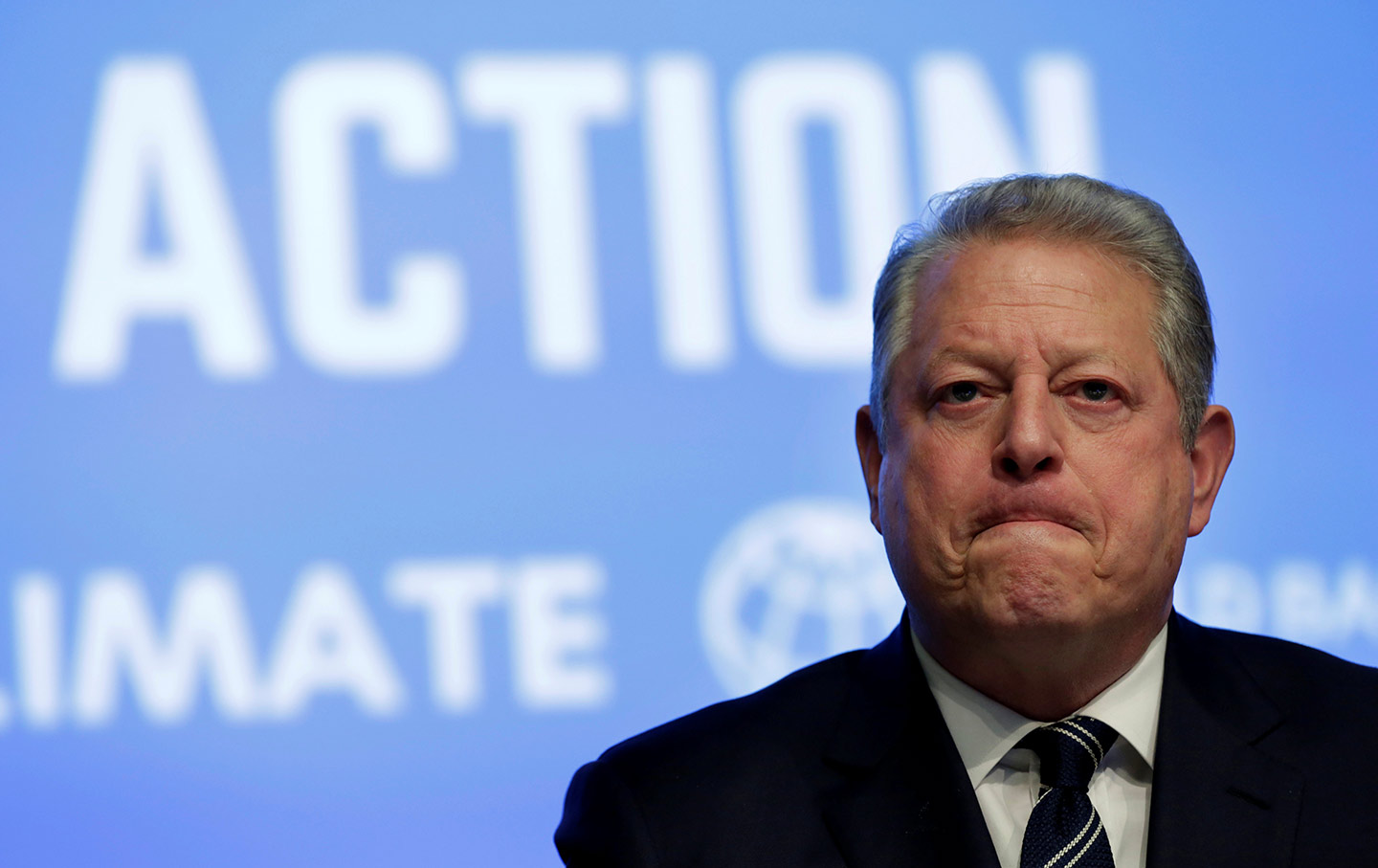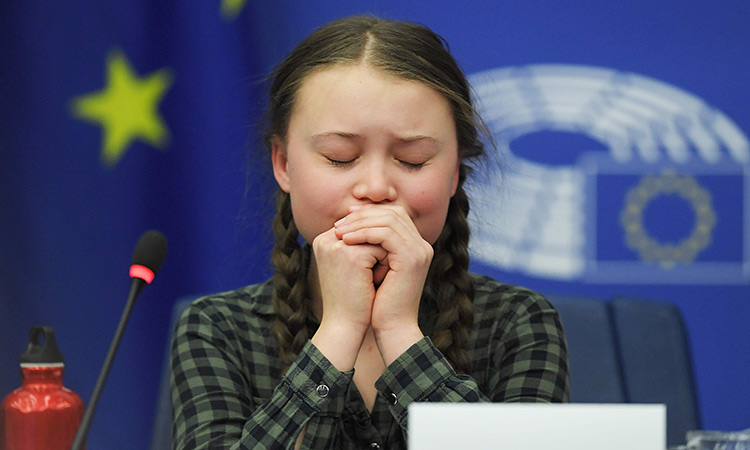
Posted on 04/14/2023 11:19:44 AM PDT by Red Badger
An important new study on climate change came out recently. I’m not talking about the Intergovernmental Panel on Climate Change (IPCC) Synthesis Report with its nonsensical headline, “Urgent climate action can secure a liveable future for all.”
No, that’s just meaningless sloganeering proving yet again how far the IPCC has departed from its original mission of providing objective scientific assessments. [emphasis, links added]
I’m referring instead to a new paper in the Journal of Geophysical Research-Atmospheres by a group of scientists at the U.S. National Oceanic and Atmospheric Administration (NOAA) headed by Cheng-Zhi Zou, which presents a new satellite-derived temperature record for the global troposphere (the atmospheric layer from one kilometer up to about 10 km altitude).
The troposphere climate record has been heavily debated for two reasons. First, it’s where climate models say the effect of warming due to greenhouse gases (GHGs) will be the strongest, especially in the mid-troposphere.
And since that layer is not affected by urbanization or other changes to the land surface, it’s a good place to observe a clean signal of the effect of GHGs.
Since the 1990s the records from both weather satellites and weather balloons have shown that climate models predict too much warming.
In a 2020 paper, John Christy of the University of Alabama-Huntsville (UAH) and I examined the outputs of the 38 newest climate models and compared their global tropospheric warming rates from 1979 to 2014 against observations from satellites and weather balloons.
All 38 exhibited too much warming, and in most cases, the differences were statistically significant. We argued that this points to a structural error in climate models where they respond too strongly to GHGs.
But, and this is the second point of controversy, there have also been challenges to the observational record.
Christy and his co-author, Roy Spencer, invented the original method of deriving temperatures from microwave radiation measurements collected by NOAA satellites in orbit since 1979.
Their achievement earned them numerous accolades but also attracted controversy because their satellite record didn’t show any warming. About 20 years ago, scientists at Remote Sensing Systems in California found a small error in their algorithm that, once corrected, did yield a warming trend.
Christy and Spencer incorporated the RSS correction, but the two teams subsequently differed on other questions, such as how to correct for the positional drift of the satellites, which changes the time of day when instruments take their readings over each location.
The RSS team used a climate model to develop the correction while the UAH team used an empirical method, leading to slightly different results.
Another question was how to merge records when one satellite is taken out of service and replaced by another. Incorrect splicing can introduce spurious warming or cooling.
In the end, the two series were similar but RSS has consistently exhibited more warming than UAH.
Then a little more than a decade ago, the group at NOAA headed by Zou produced a new data product called STAR (Satellite Applications and Research).
They used the same underlying microwave retrievals but produced a temperature record showing much more warming than either UAH or RSS, as well as all the weather balloon records.
It came close to validating the climate models, although, in my paper with Christy, we included the STAR data in the satellite average and the models still ran too hot.
Nonetheless, it was possible to point to the coolest of the models and compare them to the STAR data and find a match, which was a lifeline for those arguing that climate models are within the uncertainty range of the data.
Until now.
In their new paper, Zou and his co-authors rebuilt the STAR series based on a new empirical method for removing time-of-day observation drift and a more stable method of merging satellite records.
Now STAR agrees with the UAH series very closely — in fact it has a slightly smaller warming trend.
The old STAR series had a mid-troposphere warming trend of 0.16 degrees Celsius per decade, but it’s now 0.09 degrees per decade, compared to 0.1 in UAH and 0.14 in RSS.
For the troposphere as a whole, they estimate a warming trend of 0.14 C/decade.
Zou’s team notes that their findings “have strong implications for trends in climate model simulations and other observations” because the atmosphere has warmed at half the average rate predicted by climate models over the same period.
They also note that their findings are “consistent with conclusions in McKitrick and Christy (2020),” namely that climate models have a pervasive global warming bias.
In other research, Christy and mathematician Richard McNider have shown that the satellite warming rate implies the climate system can only be half as sensitive to GHGs as the average model used by the IPCC for projecting future warming.
Strong implications, indeed, but you won’t learn about it from the IPCC.
That group regularly puts on a charade of pretending to review the science before issuing press releases that sound like Greta’s Twitter feed.
In the real world, the evidence against alarmist predictions from overheated climate models is becoming unequivocal. One day, even the IPCC might find out.




Unexpected.
Global warming analysis always has a ‘start point’ in the recent past, over the last 40 years or so.
Go back another half-blink of time, it all falls apart.
This planet was 3-5C WARMER during the Roman empire period, temps lasted about 1000 years, until about 450AD, according to things like tree rings, discovery of ‘warm weather’ plants in cold areas, and other hard and “un-fakeable” evidence. That’s triple the increase of temps the alarmists tell us will cause the planet to ‘die’. Then we had a Maunder min. period of low sun activity, dropping global temps to well below today’s averages by 1-2C.
But for the alarmists, planetary climate history starts 40 years ago, as it must for the minimal changes to show up and not be overcome by far larger swings over the last 5,000 years.
Atmosphere Warming At Half The Rate Predicted By Climate Models“
So now we have 20 years instead of 10?
Of course. CO2 can only absorb a limited amount of heat. The rest goes off into space.
Those who presume to be our leaders have no use for facts. Quit rocking the boat.

TOGA!...TOGA!...TOGA!...TOGA!..........................
Instead of hating the Modern Warm Period we should be happy we're in it and hope it gets as high as the Roman Climate Optimum did (which I doubt it will).
I shut down the ignorant sheep in my office a few years ago by reminding them the spot where our office was located was under a mile or two of ice only a few thousand years ago. When I suggested ordinary, natural and inevitable global temp changes is what caused all of that ice to first form and then melt, I only got blank stares.
Everyone MUST remember - the IPCC is a United Nations body. According to its rules and mandates, it can ONLY collate and collect data and reports approved and provided by member governments.
So if the French or US Governments approve for it a report that says "global warming" is caused by shape-shifting lizard aliens, it must consider that in its reports.
Its a POLITICAL body, not scientific.
But, the world hears nothing about Arizona temperatures being lower than average almost every day for the past three months?
4 deg. C warmer -——> GOOD TIMES!
Atta boy, Blutto.
?
NOAA Study: Atmosphere Warming At Half The Rate Predicted By Climate Models
—
And soon “Atmosphere Warming” will go higher as summer gets in full swing - the atmosphere will boil! Run!
Disclaimer: Opinions posted on Free Republic are those of the individual posters and do not necessarily represent the opinion of Free Republic or its management. All materials posted herein are protected by copyright law and the exemption for fair use of copyrighted works.